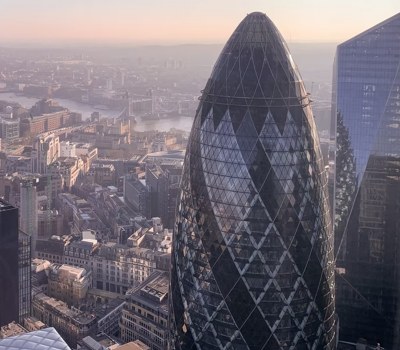Making tax digital
Sole traders and individual property landlords are the next group to be included in HMRC’s Making Tax Digital programme.
Making Tax Digital (MTD) is at the very root of HMRC’s 10-year strategy in building a ‘trusted, modern tax administration system’. We can therefore be certain that it is here to stay. But will it actually make life easier for taxpayers when the next phase is rolled out?
The first phase (and only phase to date) of MTD came in to effect from April 2019 when all businesses with turnover exceeding the VAT threshold (£85,000) were required to keep their records digitally and provide their VAT return information to HMRC through MTD compatible software. It undoubtedly came with some teething problems but HMRC has declared the transition a success. MTD has since been extended to include all VAT registered businesses from April 2022 regardless of turnover.
MTD’s next, and maybe most significant, phase will require all sole traders and individual property landlords to comply with MTD regulations. Like VAT, it will require individuals to keep their records digitally and use MTD compatible software. However, the significant addition is that taxpayers will be required to submit ‘quarterly updates’ as well as an ‘end of period statement’ to HMRC. Self Assessment tax returns will remain in place to cover all other sources of income. There is therefore a sense of irony that MTD will actually create more compliance. Individuals with turnover less than £10,000 in trade or rental receipts are excluded from the regulations.
It is hoped that the shift will reduce the room for human error. While also allowing HMRC to receive real-time data on profits / losses and general economic wellbeing. It can be imagined that in the future HMRC will require real-time tax payments. We have already seen this approach taken with CGT on disposals of residential property and, with a gaping hole in government finances, this will increase HMRC’s cash flow.
While it is right that HMRC embraces the digital age, there is a long way to go until we are in a position where the lives of taxpayers are simplified as a result.









